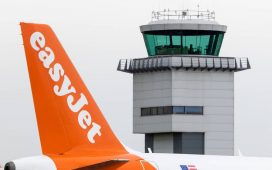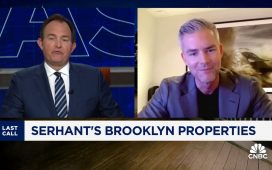It’s also important to remember that this is happening on the heels of networks already looking into cost-cutting measures. Disney had plans to cut $3 billion in content costs before the writers strike. There are many conversations brewing about how AI could be used to lower content costs right now, and into the future.
With networks and advertisers not knowing where programming will land, upfronts are moving at a slow pace. Granted, with an uncertain economy, the strikes are not the only factor slowing down the process—but at this point, ad buyers should have already seen proposals, and the major holding companies would be close to the finish line by now. Holding companies use the programming slate to project ratings, and the networks use it to project and release costs; general agencies cannot commit with confidence, and advertisers will lean into programming that is set, like live sports.
How to prepare
Every day the strikes continue adds more uncertainty to the scripted programming slate for Q4 and beyond. While this will make for increased competition for some programming, it also creates opportunities for nimble advertisers.
Programming like live sports benefits from the certainty that it will happen as planned, which increases demand: The Super Bowl will have even more importance this year for branding campaigns, and for performance too. Advertisers should anticipate increasing pricing across all sports and lock in buys as far in advance as possible. This goes beyond marquee sports and includes the NHL, skiing, snowboarding and figure skating that will air in the winter months.
Brands should also lock in programming that is completed and set to premiere in the fourth quarter, doing so via locked-in buys and sponsorships. This includes the holiday time period and the annual events that will not be affected, including Hallmark movies, New Year’s Eve specials and other festive fare. Increased demand means these programs will get booked up faster, and slow-moving advertisers will miss out.
Advertisers trying to plan their Q4 TV buys should also anticipate eleventh-hour programming changes like news specials, reruns and compilations. This creates an advantage for advertisers who are able to move quickly, as last-minute replacement programming often results in fire sales. Advertisers should maintain incremental budgets that they can deploy to capitalize on these opportunities.
With so much uncertainty in the TV market, brands and agencies may feel the impulse to reroute their money to other channels, with social possibly feeling like the best fit. However, many brands have already hit a saturation point in social, where the cost per acquisition is simply too high to justify the cost. Performance-oriented brands in particular are better off identifying pockets of opportunity in the TV scatter market.













